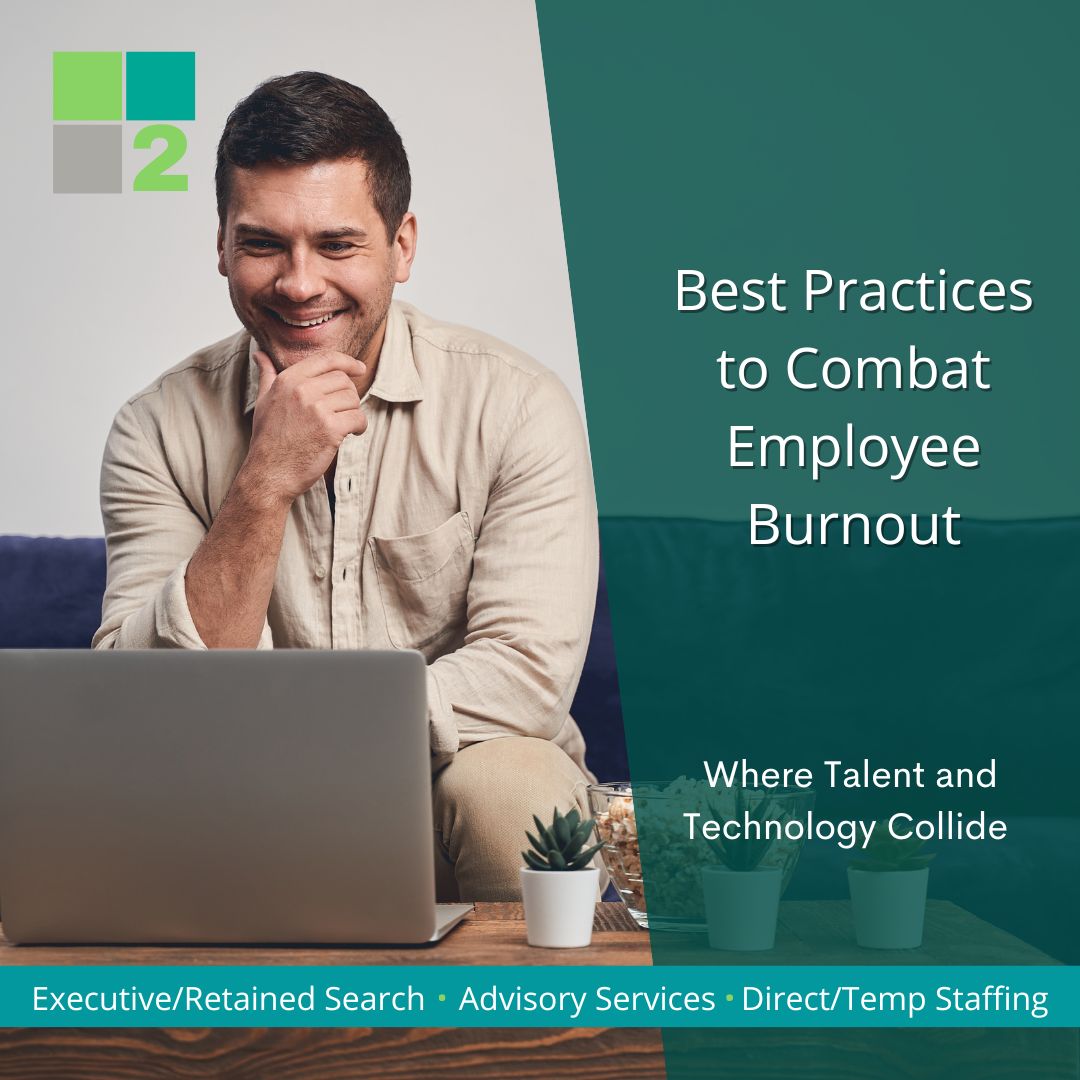 So, what can business leaders do in an age where some workers seem burned out or disengaged? Whether it’s so-called “quiet quitting” or the shift in priorities that led to the Great Resignation or to workers seeking more work-life balance, business leaders need to be prepared to proactively work with their employees in this environment, experts say.
So, what can business leaders do in an age where some workers seem burned out or disengaged? Whether it’s so-called “quiet quitting” or the shift in priorities that led to the Great Resignation or to workers seeking more work-life balance, business leaders need to be prepared to proactively work with their employees in this environment, experts say.
Some best practices include:
1. Paying people the right amount for the work they are doing.
Raises and increases haven’t increased in line with inflation. Keep in mind many employees are struggling to financially stay afloat, now is a good time to reassess pay ranges.
2. Offering bonuses, rewards, prizes and incentives
Your workforce is far and away your most valuable asset, and your employees look forward to receiving recognition before the year ends. The out-of-pocket costs of rewarding your employees are a fraction of what it costs to recruit, hire, onboard and train new ones. Rewards don’t have to be monetary but can be to give them more autonomy and more control over their schedules.
3. Asking your employees what they want
Beyond pay and perks, managers and business owners should simply ask their employees what they would want — and then listen to their answers.
4. Pay attention to employee workloads.
Sometimes, to get more work out of employees, managers and owners should recognize when an employee is burned out or overwhelmed and then actively encourage them to use their PTO.
5. Have a positive leadership style that inspires workers.
Leaders should also show interest in the personal growth of employees, and enable employees to plan their own personal growth, help them identify how they can grow professionally. This will go a long way toward fostering a more engaged team.
#employeeburnout #talentready #jobsearch #techjobalert #techrecruiting #careerchange #nowhiring #TechTalent
